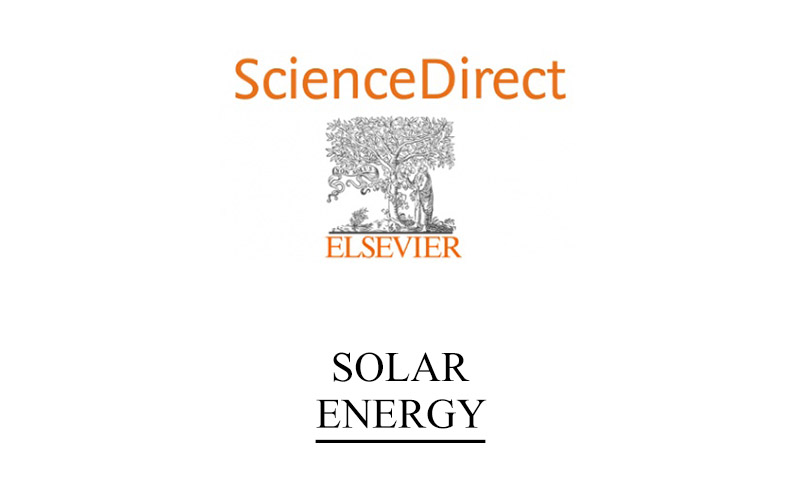
Development of a dynamic model for natural ventilated photovoltaic components and of a data driven approach to validate and identify the model parameters
ELSEVIER Solar Energy vol. 129 pag. 310-331 May 2016
Authors: Jordi Ciprianoa ; G. Houzeauxb ; Gerard Mora ; U. Eickerc ; Jordi Carbonelld ; Stoyan Danovd
a CIMNE, Building Energy and Environment Group, CIMNE-UdL classroom c/Pere de Cabrera s/n, Office 1.16, 25001 Lleida, Spain
b Barcelona Supercomputing Center (BSC-CNS), 08034 Barcelona, Spain
c Research Centre Sustainable Energy Technologies, University of Applied Sciences Stuttgart, Schellingstr.24, 70174 Stuttgart, Germany
d CIMNE, Building Energy and Environment Group, c/Rambla St Nebridi 22, 08222 Terrassa, Spain
Abstract:
In the development of dynamic models for the energy performance evaluation of building integrated natural ventilated PV components there are still many open questions regarding the uncertainty of the estimated parameters of the models. Traditionally, the dynamic models for these complex components are derived from the heat transfer balance equations, and the unknown heat transfer coefficients (convection and radiation), the solar properties of the materials or the pressure coefficients for the air mass flow rate balance, are assigned based on literature or on manufacturer prescriptions. However, there is a lack of systematic methods able to validate the simulation outputs with the measured data, taking into consideration the uncertainty of the parameters and their effect over the results.
This research is focused on the development of a dynamic simulation model for a PV ventilated component, and on the application of a data-driven iterative approach to identify the unknown parameters, to evaluate their influence in the simulation outputs and finally, to determine the deviations of the simulations outputs against the measured data. During the identification process, 43 unknown parameters are detected and 13 of them are categorized as strong parameters. The implemented data driven approach is able to achieve high goodness of fit with the measured data and it is recommended to analyses which aim at evaluating the influence of some component parameters or the thermal and electrical energy produced by these natural ventilated PV components.
Highlights:
- Development of a dynamic model for natural ventilated PV components.
- Implementation of a data driven approach to identify strong parameters.
- Increase the knowledge of heat transfer processes which occurs within these components.
- Using Latin Hypercube Monte Carlo for random sampling of the unknown parameters.
- Evaluation of the accuracy of data driven calibration methodologies.





























